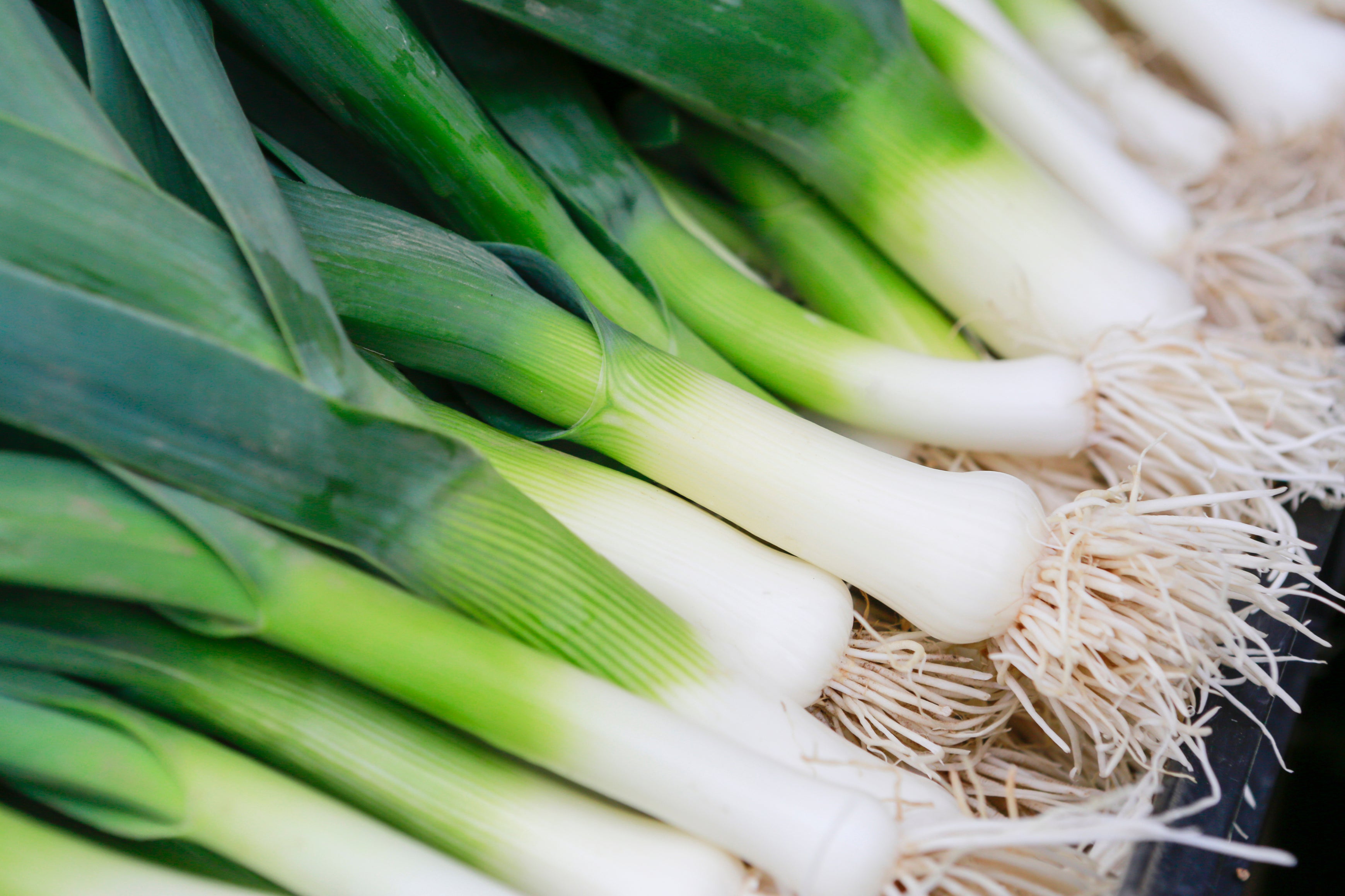How to grow leeks in celebration of St David’s Day
This easy-to-grow veg flavours soups and stews in winter, but baby versions also boost summer salads and stir-fries.

Your support helps us to tell the story
From reproductive rights to climate change to Big Tech, The Independent is on the ground when the story is developing. Whether it's investigating the financials of Elon Musk's pro-Trump PAC or producing our latest documentary, 'The A Word', which shines a light on the American women fighting for reproductive rights, we know how important it is to parse out the facts from the messaging.
At such a critical moment in US history, we need reporters on the ground. Your donation allows us to keep sending journalists to speak to both sides of the story.
The Independent is trusted by Americans across the entire political spectrum. And unlike many other quality news outlets, we choose not to lock Americans out of our reporting and analysis with paywalls. We believe quality journalism should be available to everyone, paid for by those who can afford it.
Your support makes all the difference.St David’s Day is a timely moment for gardeners to celebrate by growing leeks, a national symbol of Wales that add delicious flavour to casseroles, sauces and vegetable side dishes.
Not only are they a really useful winter veg that you can leave in the ground until you need them, you can also raise a tasty crop of baby leeks to use in summer, which can easily be raised in pots.
So, where do you start?
Sow seeds in spring
Unless you want a whopping giant leek for a competition, you can make your first sowings in March and continue through April. If you have a large vegetable plot or an allotment, sow them in a seedbed in drills 1-2cm deep and 15cm apart, sowing them thickly – you can use the thinnings in salads.
If you want an earlier crop, sow them in a seed tray in a heated greenhouse from mid to late winter, pricking out the seedlings into modular trays. Then, in April or May you can harden them off outside before growing them on in their final position.
Transplant seedlings
You can transplant strong seedlings that have grown to around 20cm high (about pencil thickness) in May and June into firm soil, using a large dibber or thick piece of cane to make a hole around 15cm deep and 15cm apart before dropping the seedling in so only the top 5cm of foliage is sticking out.
Trim the ends of the leaves and any long or damaged roots with scissors before replanting and once the whole row has been planted, water them in well and avoid backfilling them with soil – the water should settle the soil around them.
They prefer a sunny, sheltered spot in well-weeded ground and need to be well-watered in long dry periods.
Secrets of success
If you want the leek to produce a longer white shaft, earth up soil around the stems during the growing season. Some growers place protective sleeves around their leeks to stop soil getting into the leaves. Suitable sleeves include lengths of drainpipe, milk or fruit juice cartons.
What about baby leeks?
Baby leeks can be sown in March and April for summer crops – you should be lifting them when they are pencil thick and look a bit like spring onions – but some varieties are better for this than others. An ideal type is ‘King Richard’, which produces an early crop of slender leeks.
They are great to grow in containers, sowing seed around 2.5cm apart from March and covering them with a sprinkling of compost. They should grow quickly and produce tender plants that can be pulled out in bunches. Their flavour is a bit milder than larger leeks, but they still add a punch to salads.
Harvest time
The beauty of leeks is they don’t need any protection from the cold at harvest time in autumn or winter, so you can lift them when you need them.
Just be aware they’re going to be difficult to dig out if the ground is frozen. If a really cold snap is forecast, lift some when the ground is still soft enough – by pushing a fork deeply and carefully beside the plant – and heel them into a sheltered part of the garden temporarily.
Best varieties
‘Musselburgh’ produces large, firm leeks that will withstand a harsh winter; ‘Toledo’ has much longer shafts than other types and ‘Apollo’ has good rust resistance.